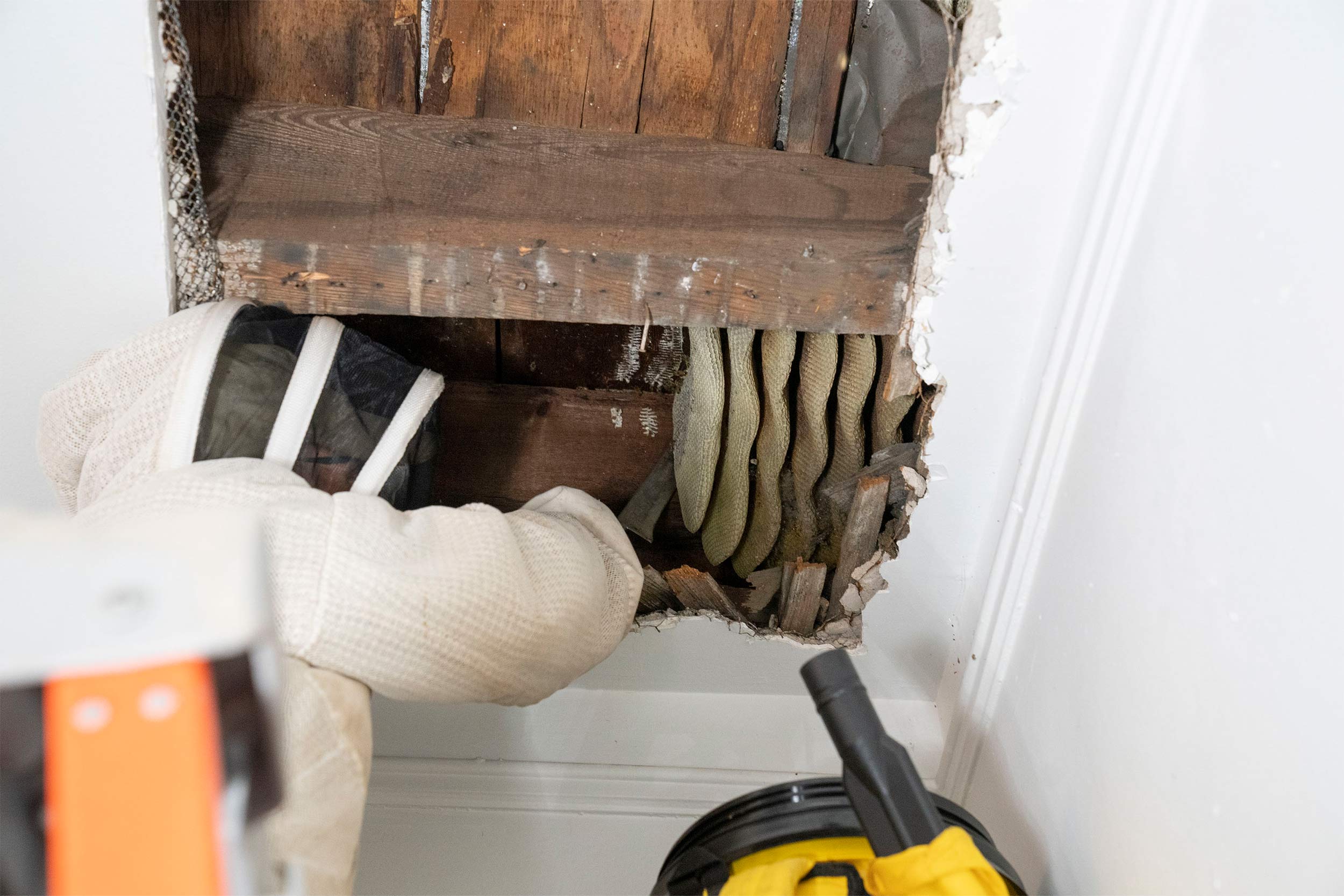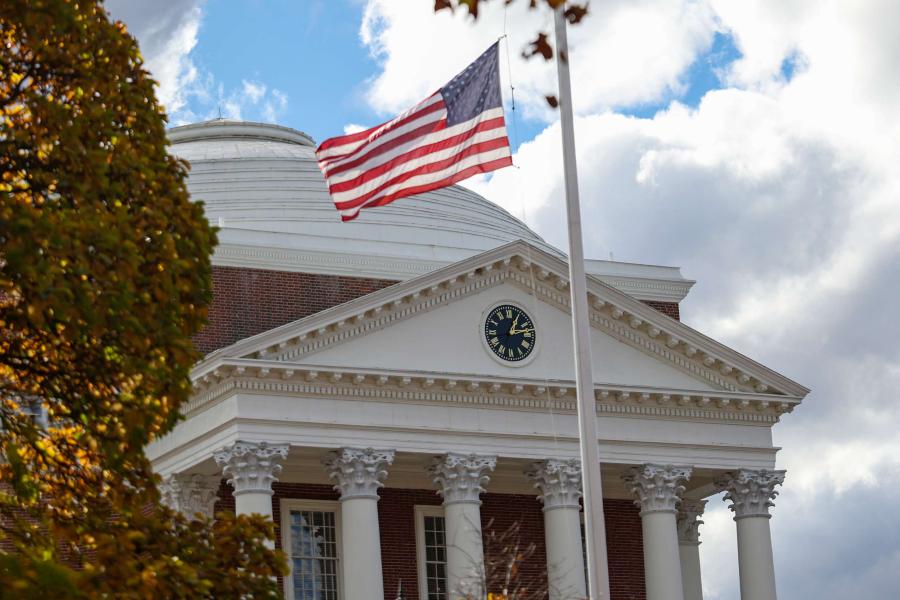The University of Virginia’s Academical Village buzzed with excitement last week as some Lawn residents were evicted.
Facilities Management workers and local beekeepers Ken and Karen Hall on Thursday extracted an active honeybee hive that had been in the attic of 33 West Lawn, a student room, for more than a year.
The hive was discovered after Facilities Management workers saw bees moving in and out of a gap in the cornice at the rear exterior of the room. At one point, the hive could have housed up to 50,000 western honeybees, known as Apis mellifera, according to Ken Hall.









